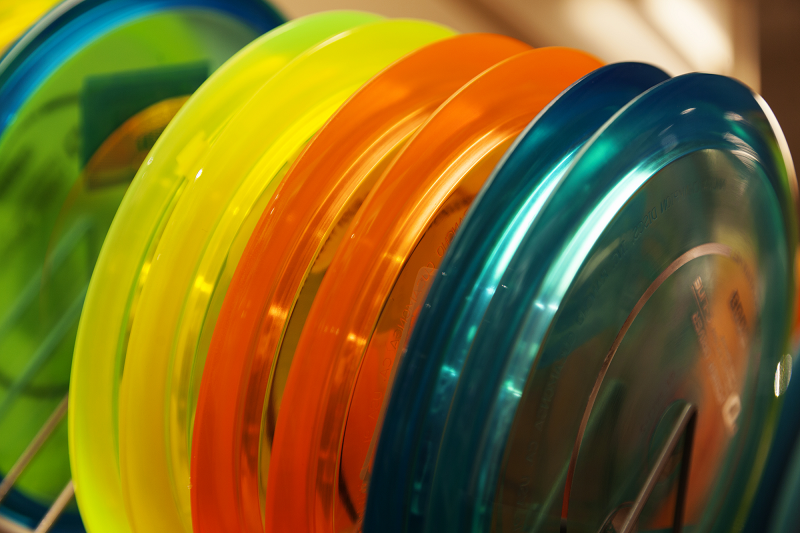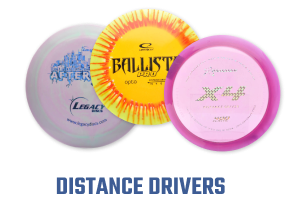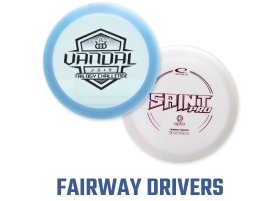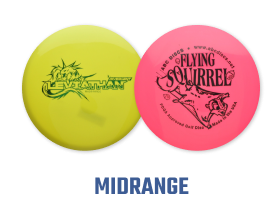
“What plastic you throwing?” How many times have you said or been asked this on the course? Most of us take for granted that there are so many grades of plastic across a multitude of manufacturers. It’s easy to go to your local disc golf shop or place an order online without thinking twice about where these discs come from. But do we have any idea how these discs came into existence? Let’s go on a journey soaring through a world of all things plastic.
What Are Discs Made Of?
Discs begin as millions of tiny pellets of polypropylene plastic (i.e., polypropene). This is a thermoplastic polymer resin that is used for many different applications of plastic. Polypropene is the base plastic of most discs. Manufacturers will then use a smaller ratio of another plastic (i.e., polyethylene, polyurethane, thermoplastic elastomer, etc.) blended in depending on what finished product they desire. Think of the difference between Innova’s Star and Champion plastics. Star is much more flexible and gummy but can be prone to warping and gouging. Champion is much stiffer and is less prone to gouging while it lacks the tackiness of grip. The individual recipes of blended plastics are what give these discs their various attributes.
Some of the other polymer plastics which get blended in with polypropene include but are not limited to polyethylene, polyurethane, and thermoplastic elastomer (TPE). This combination of plastic mixed with certain colors of pellets are the recipe for the vast majority of discs on the market. Then comes the process of forming discs through injection molding.
Injection Molding
Disc golf companies use the process of injection molding to manufacture their discs. This method is highly efficient and cost-effective. In the world of plastic polymer, this is the go-to method for manufacturing large volumes of the same product. Injection molding produces very low scrap rates compared to traditional manufacturing practices. This allows for a smooth and lucrative manufacturing process that benefits both the disc golf companies as well as the consumer. Due to this highly evolved process, we see the benefit in lower prices on the shelves. What a sport!
Here is how the process of injection molding works in layman’s terms. Plastic polymer pellets are put into the injection molding machine, heated to anywhere between 300-450 degrees Fahrenheit and melted. Then the pellets are pushed through a cylinder and injected into the mold, plastic is left to cool in the mold, solidify, and then the mold separates. Voila! A brand spanking new disc emerges.
Let’s get a bit more in-depth. According to the article “Understanding the Injection Molding Process” on the AutomaticPlastics.com website, these are the six steps involved in injection molding.
- Clamping – the clamp unit consists of metal plates (or platen). The process begins with the mold being clamped together under pressure to accommodate the injection and cooling processes.
- Injection – the molten thermoplastic material, which has been melted by pellet form in the barrel of the machine, is injected under pressure into the mold through either a screw or ramming device.
- Dwelling – once the molten plastic is injected into the mold, more pressure is exerted to make sure all the mold’s cavities are filled, using hydraulic or mechanical pressure.
- Cooling – the plastic is left to cool and solidify within the mold.
- Opening – the movable platen is separated from the fixed platen to separate the mold.
- Ejection – ejection is completed by the use of rods, a plate or an air blast to remove the plastic component completely from the mold.
If this is all a bit much to digest, here is a link to an animation of the process of injection molding.
And if you want to see the process in action from pellets to disc, this video from the Gateway Disc Sports factory shows just that.
Finishing Steps
Once the molten plastic polymer has been pressed in the mold and shaped and drops to the floor it is time to let the discs cool down. Once cooled they are “trimmed” to get excess plastic off around the rim. A sharp blade is run around the rim to smooth out imperfections. You may have noticed on some discs that the rim is not uniform. Manufacturers have different protocols for this step and some result in smoother edges while with others it is clear that there are imperfections.
Now it is time for the discs to get stamped. Our young discs are growing up so quick! Most discs get stamped on top of the flight plate (the part of the disc inside the circumference of the rim) while some receive a stamp on the bottom. Manufacturers have been exponentially creative with their stamps in recent years. This part of the process gives each disc its own unique personality. The method used is called “hot-stamping.” An adhesive medium with heat added from above makes this technique quick, cost-effective, and long-lasting.
Conclusion
Did you learn anything new? I certainly did in researching this topic. Companies are notoriously secretive about their unique plastic polymer recipes for their individual lines of plastics. However, we can thank our lucky stars that these companies have experimented and come out with such a vast assortment of plastics. From gummy to stiff and everything in between we have an astonishing amount of options in our sport today. Take the time to appreciate the plastic you throw. Then toe the tee and let that plastic soar!




